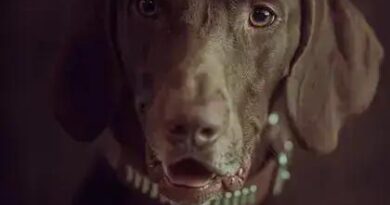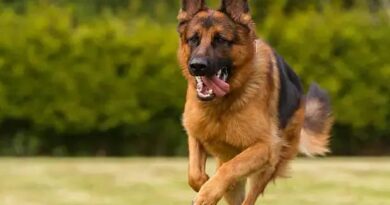What is Puppy proofing your home
Understanding Puppy Proofing Your Home
Puppy proofing your home is an essential step for any new dog owner. It involves making your living space safe and secure for your new furry friend. This process not only protects your belongings but also ensures the safety of your puppy as they explore their new environment. By taking the time to puppy proof your home, you can prevent accidents and create a welcoming atmosphere for your pet.
Identifying Potential Hazards
The first step in puppy proofing your home is identifying potential hazards. Puppies are naturally curious and tend to investigate their surroundings with their mouths. Common hazards include electrical cords, toxic plants, and small objects that can be swallowed. Walk through each room and make a list of items that could pose a risk to your puppy’s safety. This proactive approach will help you address issues before they become problems.
Securing Electrical Cords and Outlets
One of the most critical aspects of puppy proofing your home is securing electrical cords and outlets. Puppies may chew on cords, which can lead to dangerous electrical shocks. Use cord covers or tape to secure loose cords against walls. Additionally, consider using outlet covers to prevent your puppy from sticking their nose or paws into electrical sockets. These simple measures can significantly reduce the risk of electrical accidents.
Storing Hazardous Materials Safely
Another vital component of puppy proofing is the safe storage of hazardous materials. Cleaning supplies, medications, and other toxic substances should be kept out of reach. Use high cabinets or locked storage bins to ensure that your puppy cannot access these items. This step is crucial in preventing accidental poisoning and keeping your puppy safe from harmful substances.
Creating Safe Spaces for Your Puppy
Creating designated safe spaces for your puppy is an effective way to puppy proof your home. Consider using baby gates to restrict access to certain areas, such as staircases or rooms with fragile items. Additionally, provide a comfortable crate or designated area where your puppy can retreat when they need a break. This not only keeps them safe but also helps them feel secure in their new environment.
Removing Small Objects and Toys
Puppies love to explore and chew on everything they find. To puppy proof your home, remove small objects and toys that could be choking hazards. This includes items like coins, buttons, and small toys. Instead, provide your puppy with safe, durable toys designed for their size and chewing habits. Regularly check your living space for any new items that could pose a risk.
Securing Trash Cans and Food Items
Puppies are notorious for getting into trash cans and food items. To prevent this, secure your trash cans with lids or store them in cabinets. Additionally, keep food items, including pet food, out of reach. This not only prevents your puppy from scavenging but also protects them from consuming anything harmful. Consider using childproof locks on cabinets that contain food or other tempting items.
Managing Outdoor Spaces
Puppy proofing your home extends to outdoor spaces as well. Ensure that your yard is securely fenced to prevent your puppy from escaping. Remove any toxic plants or chemicals from your garden, and be cautious of small gaps in fences where your puppy could squeeze through. Supervise your puppy during outdoor playtime to ensure their safety and prevent any unwanted adventures.
Training Your Puppy to Stay Safe
In addition to physical puppy proofing, training your puppy is crucial for their safety. Teach them basic commands such as “leave it” and “stay” to help them understand boundaries. Positive reinforcement training can be effective in encouraging safe behaviors. By combining training with a puppy-proofed environment, you can create a safe and enjoyable space for your furry friend.
Regularly Assessing Your Home for Safety
Puppy proofing is not a one-time task; it requires regular assessment and adjustments as your puppy grows. As they become more agile and curious, new hazards may arise. Make it a habit to periodically check your home for potential dangers and update your puppy-proofing measures accordingly. This ongoing vigilance will help ensure a safe environment for your puppy as they continue to explore and learn.



